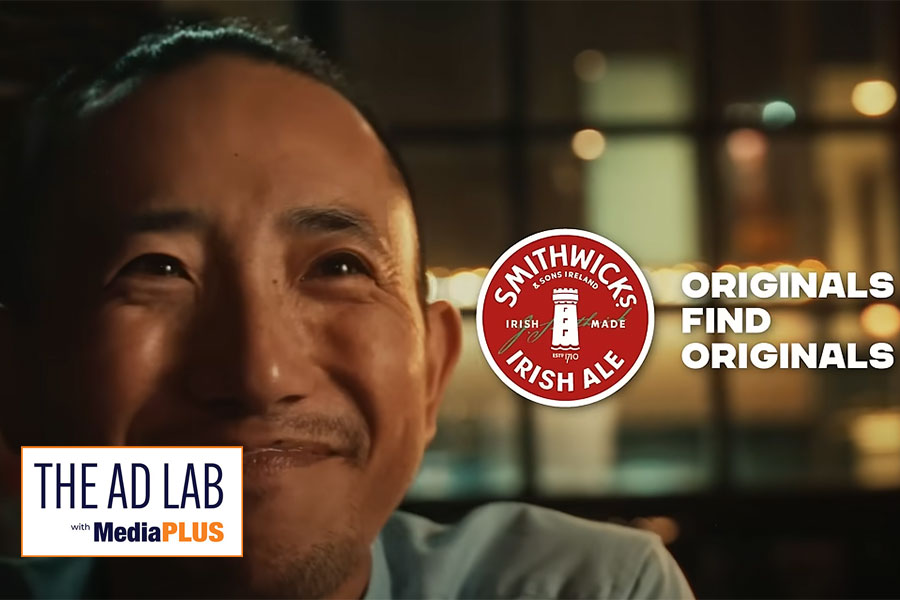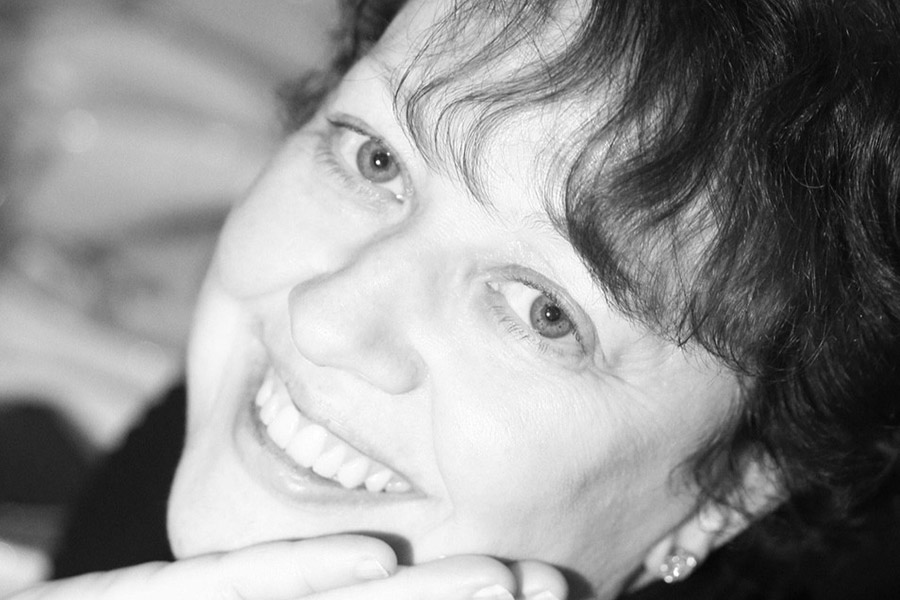Every week, Amárach and Future Proof Insights share exclusive findings from their PRIZM+ ad testing service, showcasing best practice creative advertising in Ireland.
Smithwick’s latest campaign doesn’t come in loud. It sets a mood.
From the first frame, it puts the viewer at ease, presenting Kozo as the novel new character but integrating him into the familiar, Irish scenery in an unforced manner.
This pairing of the unexpected with the familiar helps the brain bridge new ideas with existing associations, a technique that boosts conceptual fluency, where viewers find it easier to process new narratives because they feel anchored in something recognisable.
That atmosphere does more than just feel nice. It helps the brain absorb and store what it sees.
When ads create this kind of emotional comfort, the audience becomes more open, more receptive, and more likely to form lasting mental connections with the brand.
In many ways, the audience’s neural response mirrors the ad itself.
Watching this is like walking into a quiet pub and hearing a trad session slowly build.
At first, you’re observing. Then, gradually, you're absorbed. The brain behaves the same way, moving from passive observation to deeper emotional and cognitive engagement.
As the atmosphere builds in the ad, so too does the brain’s activity across emotional, motivational and memory systems.
This ad engages the audience through what neuroscience calls empathic resonance, we don’t just observe Kozo, we experience his world.
His story activates emotional processing centres in the brain that create a mirror effect, viewers begin to feel what he feels.
That matters in advertising because emotion isn’t just about feelings, it’s the gateway to memory and decision-making. When we emotionally connect, we’re more likely to remember.
As the narrative builds, the brain's cognitive load settles into the optimal zone.
This means viewers are mentally stimulated without being overwhelmed. In advertising, that balance is key.
Too much complexity, and the brain can’t encode the message. Too little, and it drifts.
Here, the rhythm of the music, the familiarity of the pub, and the steady pace give the brain just enough to process without strain.
This is known as processing fluency, and it's critical for making brand messages stick.
Desire gradually builds during the pub scene, not because of product shots, but because of subtle social triggers.
Seeing others enjoy themselves, immersed in something meaningful, engages our brain’s reward system.
This taps into the social proof effect, where we infer value from the enjoyment of others.
In this context, the pint of Smithwick’s becomes more than a drink, it becomes a symbol of belonging.
Memorisation peaks as the ad closes. Kozo’s smile, the raised pint, and the brand logo combine to create what the brain experiences as a resolved narrative.
This moment benefits from the peak-end rule, a psychological effect where people remember emotional peaks and how experiences end.
Smithwick’s places its brand right there, increasing the likelihood that it will be recalled later.
The opening, however, could be working harder. Cognitive load is slightly low in the first few seconds, meaning the brain is under-stimulated.
This risks delayed engagement. Early sensory cues or narrative tension could increase mental activation and support better early encoding.
Brand cues are present, but soft. While this reinforces authenticity, there’s a risk of memory misattribution, viewers may remember the feeling or the scene but not the brand behind it.
Strengthening brand linkage in the emotional mid-section of the ad would help align memory and message more directly.
On the behavioural front, the ad performs strongest on Motivation, especially the automatic kind. This means the brain is responding to the emotional flow without needing logic or persuasion.
Opportunity is also well signalled through the social setting. Capability is less explicit but works for an established brand.
Among men aged 25 to 44, the ad resonates most strongly.
Older viewers encode the message more clearly, likely drawn in by the cultural cues.
Younger female viewers engage visually and emotionally but show slightly lower brand recall, suggesting room for broader representation.
This is not an ad built for instant action. It’s built for impression.
Neuroscience shows that when an ad strikes the right emotional tone, keeps the brain mentally balanced, and resolves with a satisfying cue, it does more than entertain. It lingers.
Smithwick’s has crafted a cultural moment that stays with the viewer long after the music fades.
For more insights from PRIZM+ on how neuroscience drives advertising impact, visit: https://www.futureproofinsights.ie/prizm-plus/









